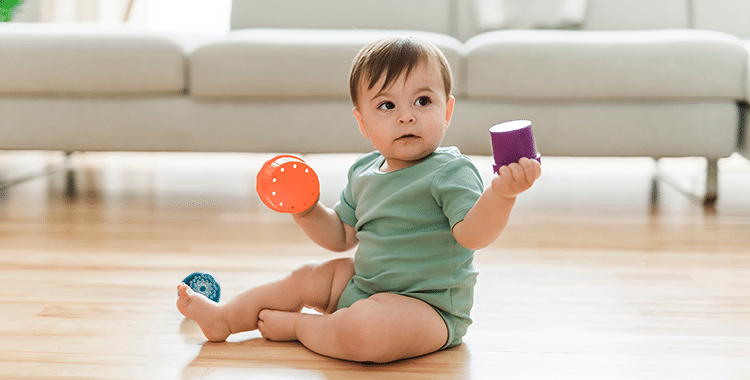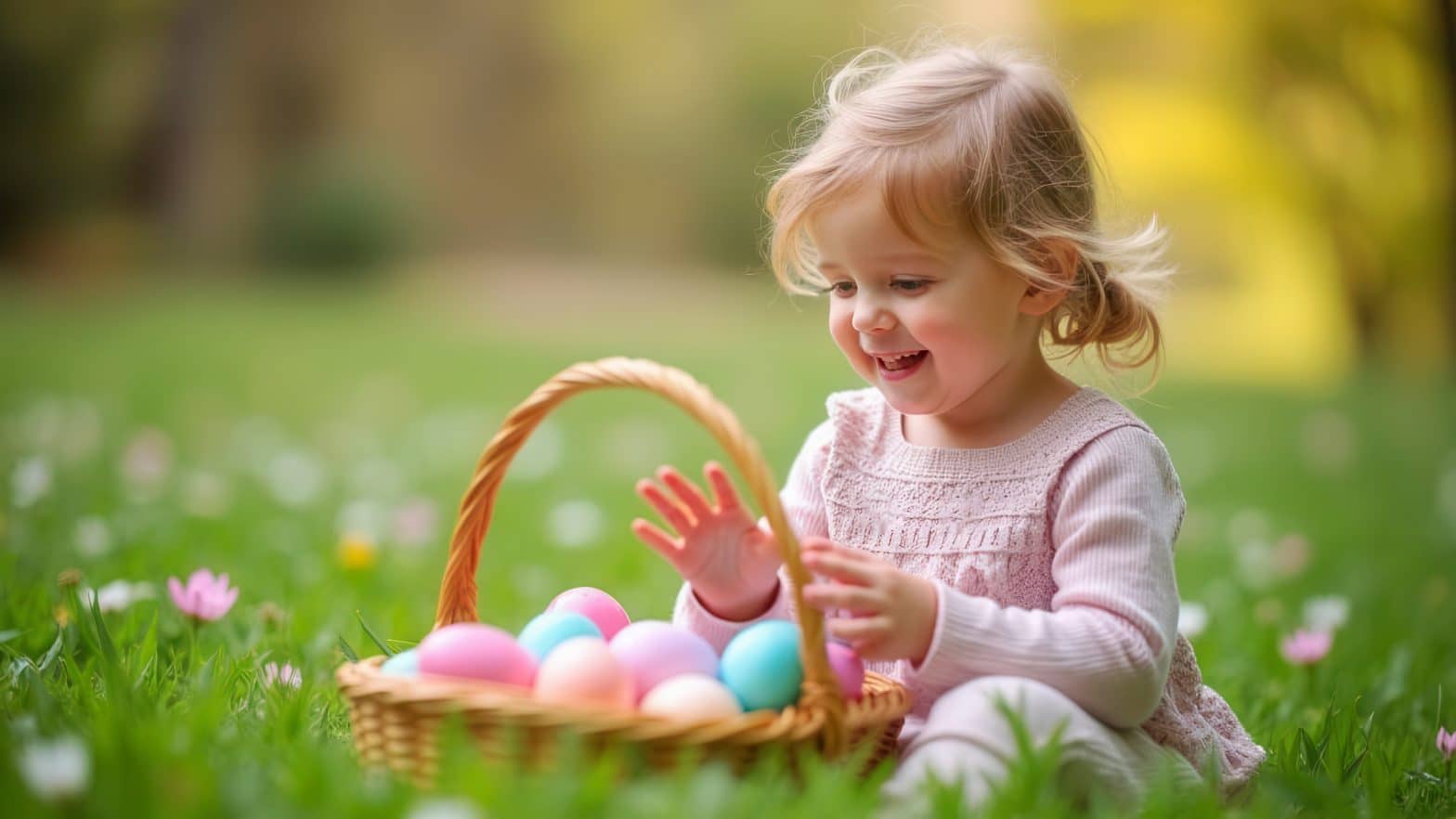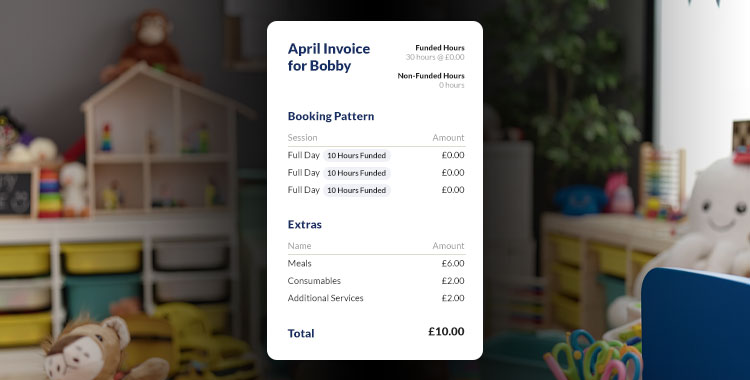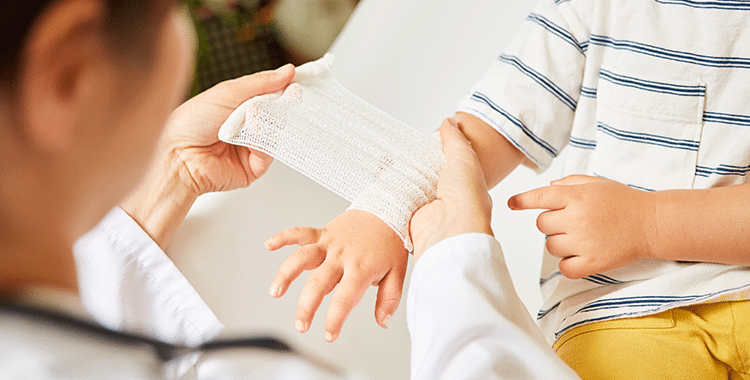Nurturing physical development in the early years lays the foundation for a child’s lifelong health and emotional wellbeing. Here’s how you can weave fun, active learning opportunities into your daily activities with children.
Movement underpins all areas of learning. It supports the growth of the brain and nervous system and is vital for children’s all-round healthy development. Nurseries can provide plenty of opportunities throughout the day for children to be active, indoors and out.
Whole body movements
Children naturally use their whole bodies to explore and interact with their physical environment. They need daily opportunities to develop their gross motor skills – these are the large muscles that are used in crawling, walking, running, rolling, jumping, and balancing.
Here are some examples of body movements and why they are important for children’s development:
- Crawling isan important developmental milestone which helps infants develop their upper body strength and coordination.
- Walking is a whole-body movement, which includes use of the legs, hips, core and arms. It helps children develop their balance, coordination and strength.
- Running and jumping are vital for healthy bone development and growth, coordination, spatial awareness and exercising the cardiovascular system.
- Climbing encourages children to cross the midline, which is when they use both sides of the body together. Activities such as running, digging, jumping and climbing help the brain to build neurological pathways and are important for developing skills, such as reading and writing later down the line.
- Balancing requires coordination skills that are learnt through maintaining stability and control over one’s body. For example, kicking a ball, riding a bike and using a knife and fork.
- Moving and handling objects – this is when children use their whole bodies to lift heavy objects, such a buckets of water or sand, or use their arms and legs to push or pull objects.
All round development
Physical Development is one of the three Prime Areas of the Early Years Foundation Stage. Guidance published in Birth to 5 Matters states that physical development is ‘intricately interwoven with emotional, social, cognitive and language development’.
Official Government guidelines state that all children should experience at least 180 minutes of daily physical activity, including 60 minutes of moderate-to-vigorous physical activity. However, less than 10 per cent of two-to four-year-olds meet this target, and 1 in 5 children in the UK are overweight or obese by the age of five years, research reveals.
Early years practitioners have a vital role to play in supporting and encouraging children to be physically active through the use of resources and equipment, indoors and out.
Structuring the environment
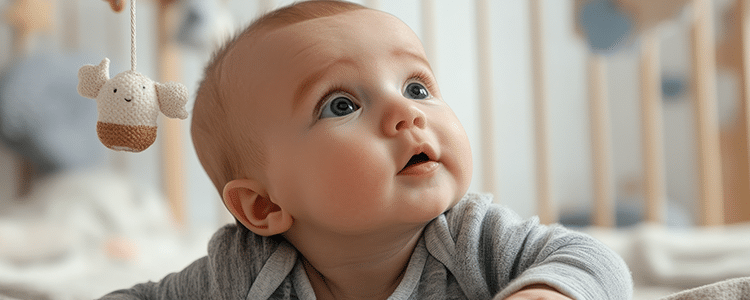
How the environment is structured and what the activities are on offer will have an impact on children’s physical development outcomes. Ensuring that children have enough time to repeat activities and practice their skills is vital.
Here are some ideas to weave physical activity into the day:
- Allow babies daily ‘tummy time’ to develop their muscles for sitting and crawling. Or if they are lying on their backs, place colourful, noise-making toys slightly out of reach to encourage them to move toward them and roll over. Once they reach the crawling stage, tunnels are great.
- Help build toddlers’ stamina by walking to local green spaces.
- Encourage older children to engage in weight bearing skills. This could involve lifting and manipulating large, heavy and awkward objects.
- Provide opportunities to build their upper arm strength, mobility, control and balance. For example, hanging from climbing equipment or monkey bars.
- Plan ‘active maths’ sessions, where children can jump to number songs or make shapes with their bodies.
- Have some resources to hand, like music, bubbles and balls, which encourage movement. Hola Hoops, for example, are great for skipping and target games and encourage agility. Ball games help with balance and overall mobility, and they encourage children to share and take turns.
- Jumping in puddles is a favourite pastime for many children. They also enjoy jumping from heights, so provide low crates so that children can build up their confidence.
- Children can practice balancing skills by walking on a balance beam or standing on one foot. Help them build their own obstacle courses with wooden balance beams, tyres and crates.
- Use action rhymes such as Ring-a-Ring-a-Roses to practice walking around in a circle, falling to the floor and jumping up again.
- Parachute play is a great way to promote physical activity and encourage children to follow basic instructions. Standing in a circle, each child holds the parachute and lifts it ‘up’ ‘down’, shakes it, and bounces around a teddy in the middle without it falling off.
- Everyday resources also help encourage movement. Try playing catch with a rolled-up pair of socks or climbing into or out of a box and pushing it around.
- Nature-based playgives children the freedom to engage in physical play on a large scale. During gardening activities, for example, toddlers love to use their large muscles to dig up the soil and haul watering cans and buckets of water over to their vegetable patches. They will also have fun pushing trolleys and wheelbarrows around and transporting natural materials such as soil, water and stones by hand.
- Den building outdoors is a great construction activity. Children need to use their strength and coordination to carry around branches and logs, while often walking on uneven ground, which requires balance and spatial awareness.
Long lasting benefits
Regular physical activity helps regulate children’s mood, reduces anxiety, and builds up resilience as they gain the confidence to master new skills. Laying strong foundations for physical development in the early years is the key to shaping children’s attitude toward a healthy, active, and fulfilling life as they grow.
More information
Help for early years providers : Physical development

Nicole
Content Creator
